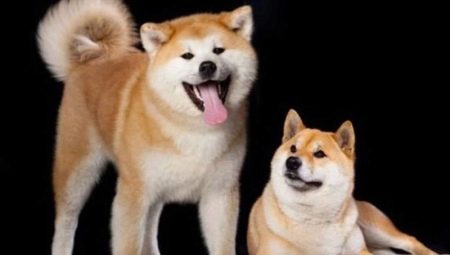Due to their attractive appearance and friendliness of the Japanese dog breed, almost all pet lovers like Shiba Inu and Akita Inu. Only at first glance they seem the same, but this is a profound error.
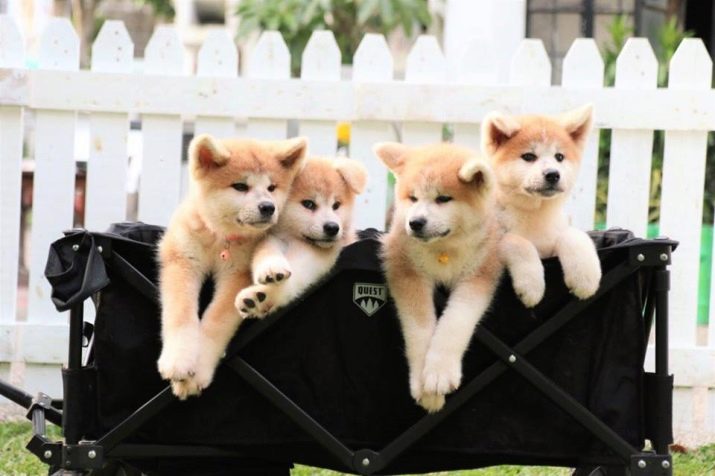
Of course, they are similar, but they are distinguished from each other by character traits, physique, origin, size and, of course, vocation.
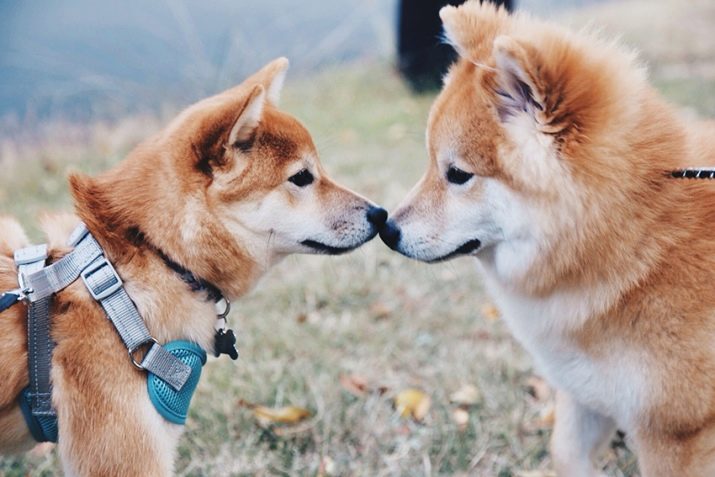
This article provides a detailed description of each breed and gives a comparison.
Breed features
Shiba Inu
Dogs of this breed are unpretentious in food and do not require special conditions. They are quite flexible and always act differently depending on the conditions. They are distinguished by a quick reaction and a well-developed instinct of self-preservation.

Pretty curious. This is due to the fact that they always need to explore the surrounding people and animals in order to feel safe.
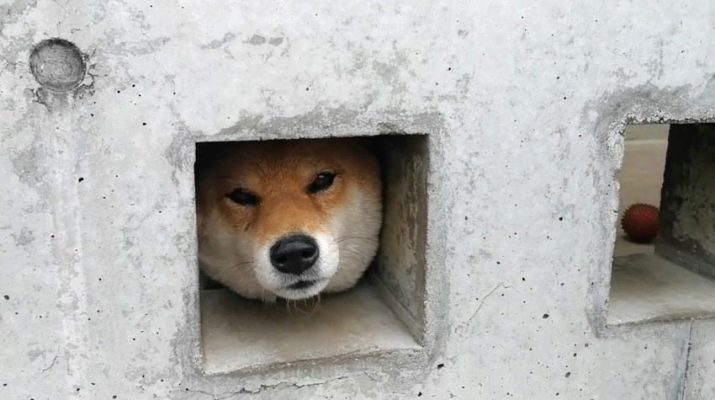
However, they are friendly and friendly.
They have high intelligence and are able to feel a wide range of emotions.
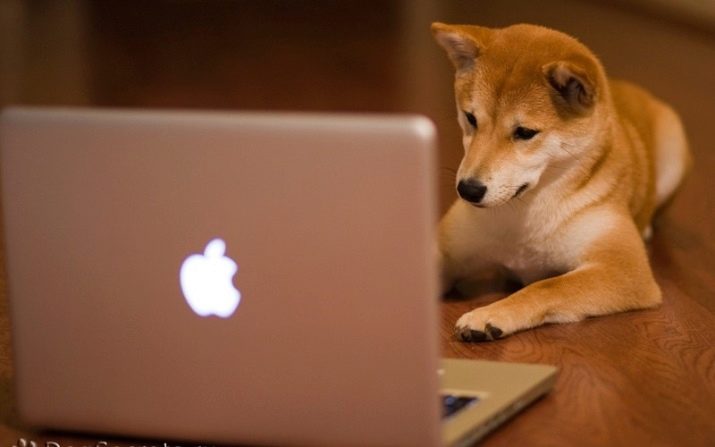
Distinctive features of appearance:
- a wide head with a pointed tip, reminiscent of a fox;
- eyes of a dark color of an almond-shaped form;
- a thick and powerful neck with a withers;
- the same broad and strong back;
- the maximum growth of individuals reaches 42 cm;
- small ears of a triangular shape, leaning down;
- maximum weight - 14 kg, average weight - 10 kg.
Akita Inu
Puppies are considered to be individuals up to two years old. This is precisely the breed of dogs that requires special attention, proper upbringing and training from birth - only with all this, the pet will grow up a faithful companion.
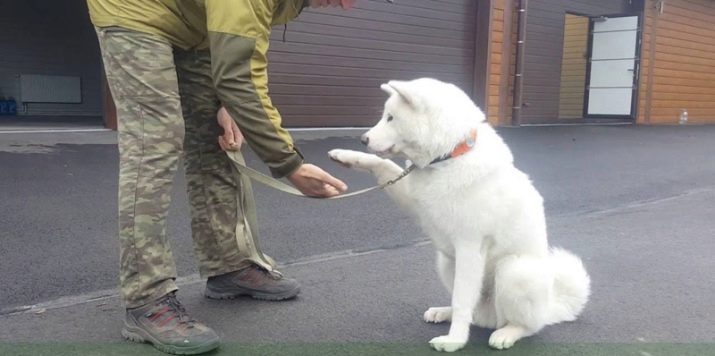
Adult individuals behave quietly, restrained, sometimes some caution can be traced in their behavior, but with a closer acquaintance with the dog, its friendly character immediately becomes apparent.
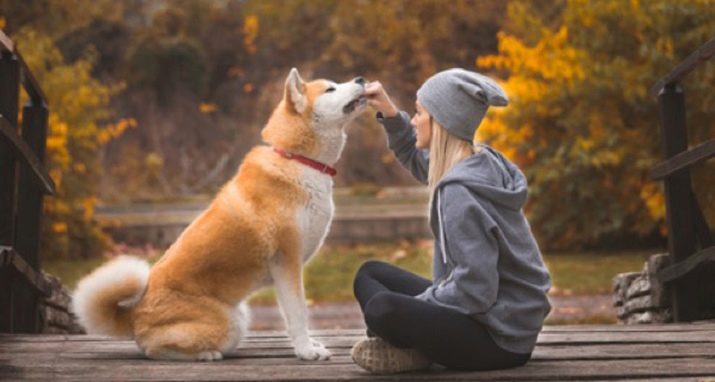
Since childhood, these dogs are distinguished by restlessness and playfulness. - they rarely enter a state of aggression. An exception are situations when their owner is in danger of a clear danger.
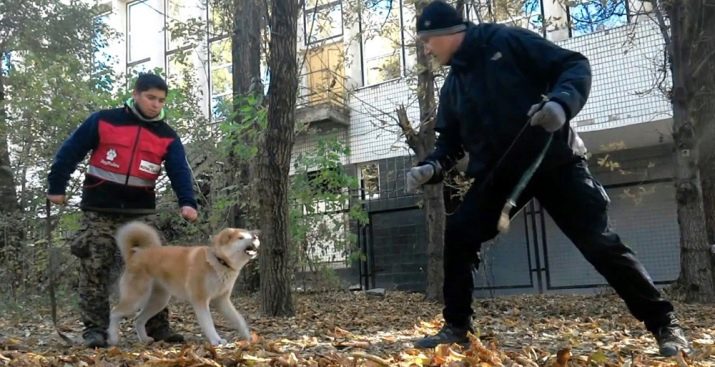
Dogs can be independent in their decisions. A representative of this particular breed starred in the famous film "Hachiko: the most faithful friend."
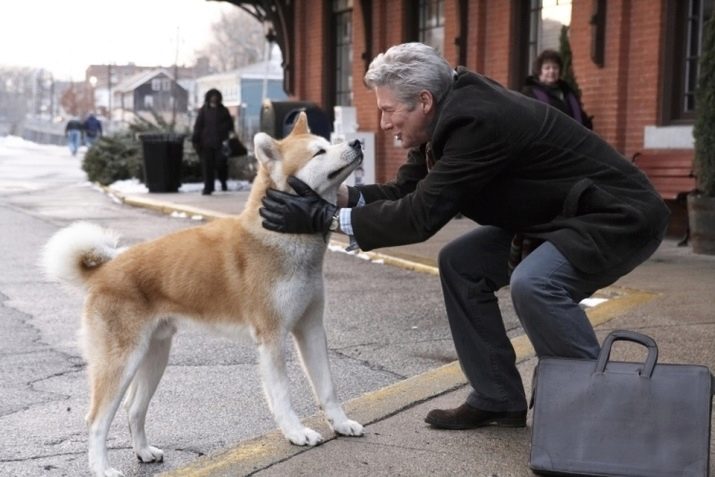
The appearance of the dog can be described by the following features:
- a large head that looks like a dumb triangle;
- small upturned ears;
- rather wide skull, bone between ears flat, forming a hollow between the eyes;
- the muscles of the neck are well developed, the neck itself is short and thick;
- wide chest;
- the average length of the coat is 5 cm, the hairs on the tail are longer;
- the height of the male can reach 71 cm, and the female - 61 cm, while the average weight of the representatives is about 35 kg.
Character Comparison
These two wonderful dog breeds are so similar to each other that professional breeders have several criteria by which they can be distinguished.
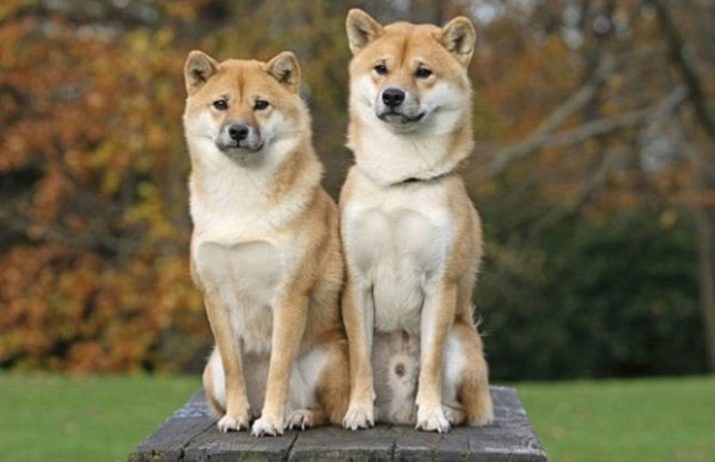
The main ones are differences in temperament.
- Disciplinary factor. Akita Inu needs her less than Shiba Inu. The first are attached to the owner due to their susceptibility and affectionate nature. For the latter, discipline can become an essential part of attachment.
- Behavior in a conflict situation. When this occurs (for dogs this is a fairly common occurrence), the shiba inu is limited to a growl and a threatening position. The likelihood that Akita Inu will throw in a fight is quite high.
- Dominance. Among the Akita Inu breed, there are more dominant individuals than among the Shiba Inu. The latter are more willing to make concessions and compromises.
- Relationship with children. Since Akita Inu always tries to dominate, the representative of this breed will try to do this in relations with children. These dogs can get along badly with children under 8 years old. Dog behavior can only be corrected through persistent training. In addition, they can be vindictive in relation to children - they can remember a careless kick or a bite of a child. Later, they will certainly show aggression towards the baby. A good “nanny" and a loyal friend of a child can be Shiba Inu. Such dogs always try to adapt to the character and habits of household members. But with them you need to conduct training, taming them thereby to the frequent manifestations of affection and bodily contact.
- The criterion of affection. The Akita Inu breed is more attached to the owner than the Shiba Inu, and depends on it. Shiba Inu attitude is more like attachment and maintaining a comfortable "constancy" in relation to the owner.
- Maintenance at home. Akita Inu is a calmer and more flexible dog with good training. She can live in an aviary or in a designated corner with a pillow. Shiba Inu can "bully", she is prone to shoots. Such a dog does not tolerate life on chains, becomes aggressive. For her, daily physical activity is necessary, otherwise she will chew on all the furniture at home. Keep it on a chain or in an aviary is possible only with sufficient communication with the owner and physical fatigue.
- Habits. Akita Inu has a strong hunting instinct. For this reason (if you do not compensate for this fact by training), the dog can become more aggressive. Shiba Inu has more satellite habits. She is less aggressive, and she needs more training to maintain discipline, as mentioned above. Due to its relatively flexible and playful character, he is a participant in various competitions and exhibitions.
- Endurance criterion. It has been noted by professional breeders that the Shiba Inu dog breed is more durable than Akita Inu.
- Relationships with other pets. Shiba Inu doesn’t get along well with cats, birds, and rodents. Akita Inu is much more democratic than other pets.
But these breeds of dogs have similar habits.
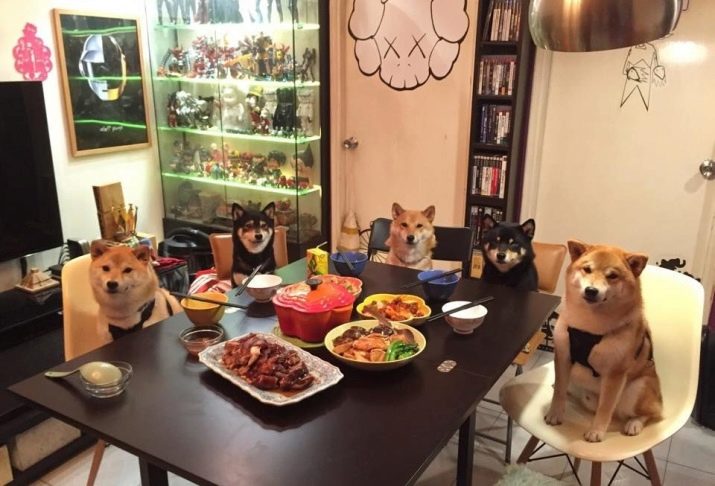
For example, both breeds do not tolerate heavy and fatty foods, since initially they lived only in Japan, and their usual diet included seafood, rice and even vegetables. Some high-calorie foods can cause them allergies, but they are not picky in food.
Differences in appearance
Most often, both breeds are described almost identically, but this is not entirely correct. Professional breeders and some dog lovers are able to immediately distinguish these two breeds from each other.
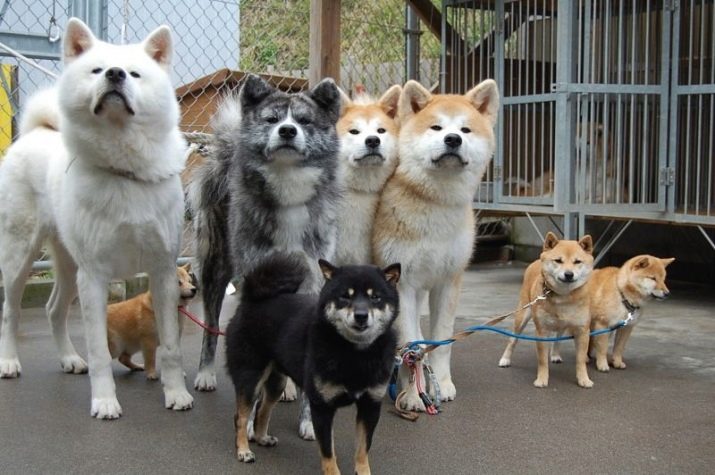
The very first difference that catches your eye is the difference in size of the representatives of these two breeds.
Akita Inu is taller and larger than Shiba Inu.
This should be considered for those who choose which of the two breeds to have. If Shiba Inu can live in a small room, then Akita Inu will feel more comfortable in a private house with a large territory. This is due to the fact that a larger dog requires a larger habitat.
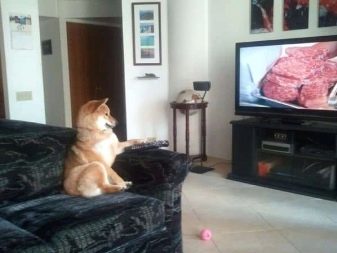
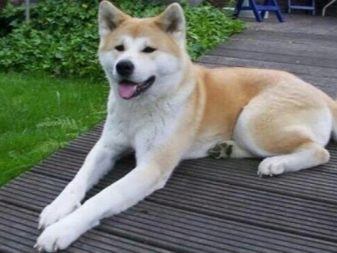
Woolen cover. The Akita Inu breed has a thicker coat and an extra fluffy coat. Shiba Inu wool is not so thick.
If for the first breed it is necessary to comb only once a week, then for the second it should be done almost daily and with the help of a special comb, which has a pucker in its design.
There are noticeable differences between the two breeds and in color.
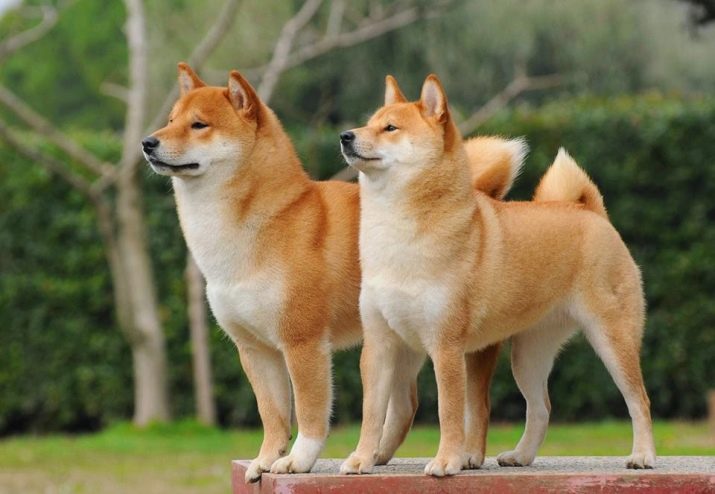
Akita Inu is white, red with white spots on the chest and legs or white and red with a tiger hue, and Shiba Inu is red, sesame, sesame and even black.
Who is better to choose?
For families with children, as mentioned above, it is best to choose the Shiba Inu breed.
Akita Inu can be a good companion for active people who love daily work.
Their perseverance goes well with the need for daily training of this breed.
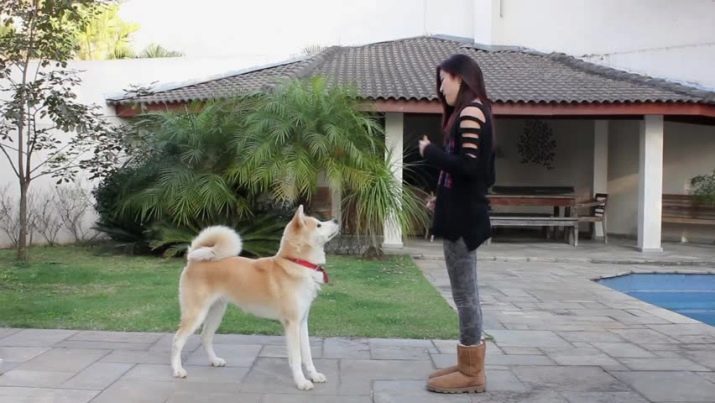
At least once a week, you must give your dog a walk without a collar. Normal walks need to be done in the morning and evening for 1 hour.
If the owner is a koshnik, but still decided to buy a dog, then it is better to choose the Shiba Inu breed.
This dog is affectionate, clean and friendly. In general, her character is similar to the behavior of most cats. Despite their restlessness and arrogance, these dogs are pretty neat.
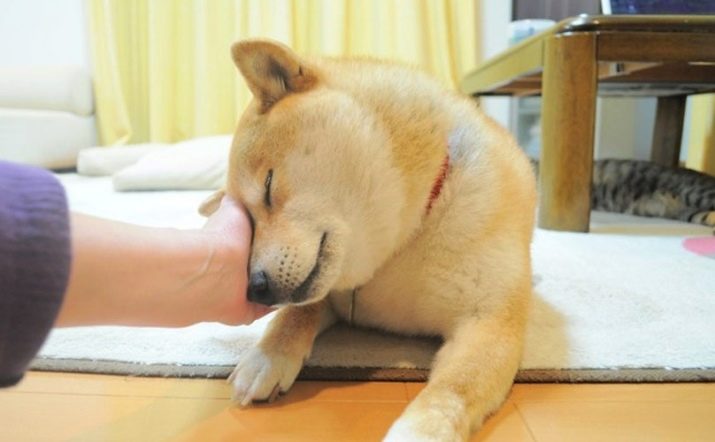
Akita Inu is suitable for leaders - a representative of this breed will not obey a weak person. Sometimes it happens that out of all the family members the dog herself chooses a master.
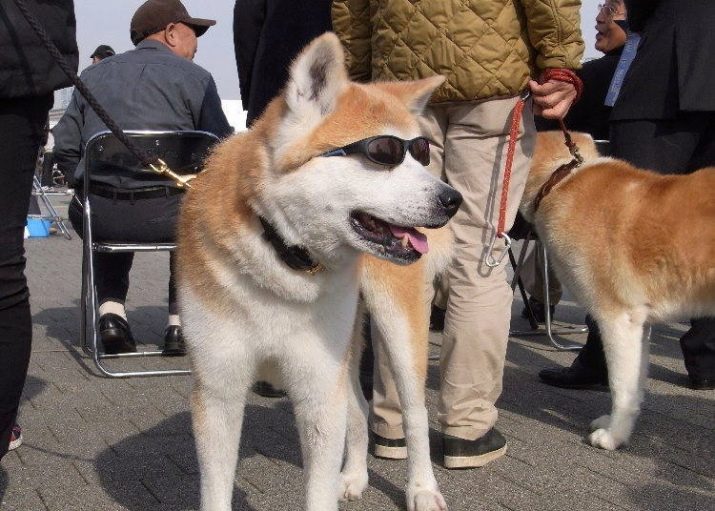
Shiba Inu loves outdoor activities and games. For this reason, for a person who likes to walk, this breed will be the best.
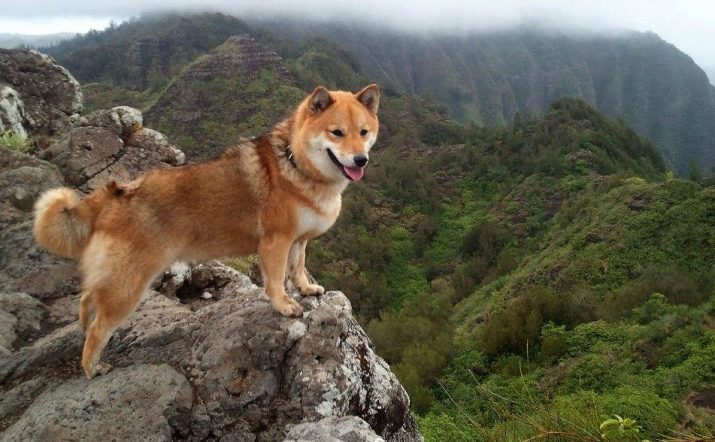
The breed of Akita Inu should be started by a person who has enough free time to fully and thoroughly care for her, since such a dog requires a lot of attention.
In general, breeders note the fact that Shiba Inu is harder to train than Akita Inu.
It is worth noting that both breeds do not tolerate a hot climate and prefer cool weather.

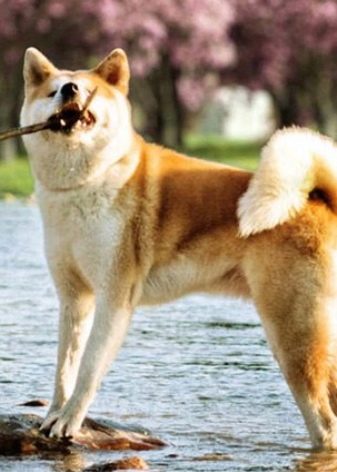
In conclusion, I would like to mention that proper nutrition and training for both breeds are the basis of their mental health. For this reason, the main criterion remains quality pet care.
About the dogs of the breed Shiba Inu and Akita Inu can be seen in the video below.
